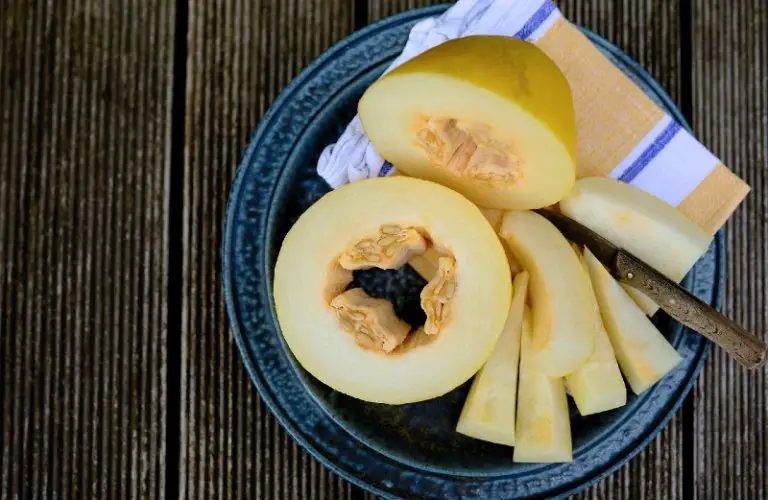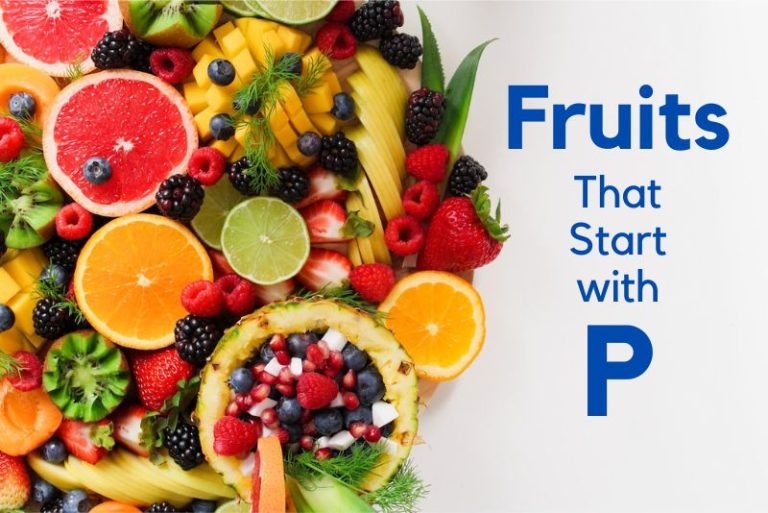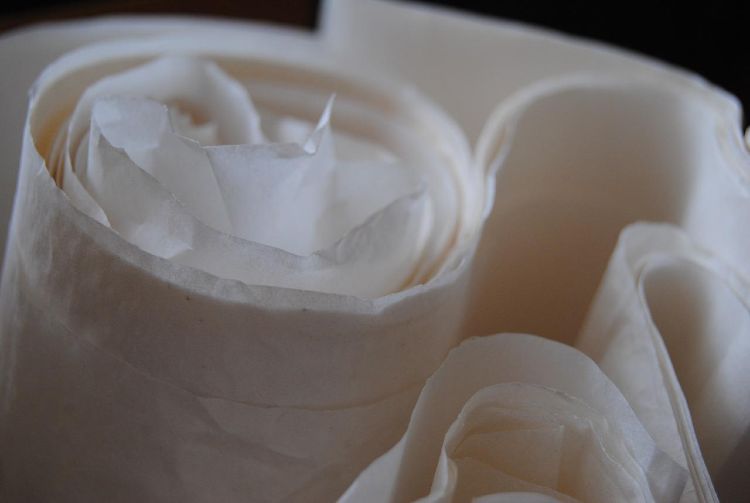Summer Preserves Course at the School of Artisan Food
Michelle Roper-Shaw ran her own organic preserves business in Barnsley, Yorkshire, for many years, selling jams, jellies and pickles to a number of farmers’ markets, delicatessens and shops. As the business grew, however, she realised that she would need to move all the preparations and cooking activities out of her own kitchen and into industrial premises. Faced with this costly dilemma she decided that it would probably be easier to pass on her skills and knowledge, and teach students how to make preserves, rather than carry on as a commercial producer.
And so it was that 12 eager students of all ages and backgrounds were lined up in the kitchen of the School of Artisan Food (SAF) on the Welbeck estate in Nottinghamshire, the ancestral home of the Duke of Portland and his heirs, to learn how to make Peach Melba Jam, Redcurrant Jelly, Red Chilli Jam and Summer Fruits Liqueur.
Michelle started the course by going round the class so that we could all introduce ourselves and explain why we came on the course. The men were significantly outnumbered by the women, but it was really interesting what a very diverse range of people, from all walks of life and ages, had come to learn a skill they felt was really important.
Some of us (me included) had gardens filled with both soft fruit bushes and orchard trees, and we wanted to know what to do with the glut of apples, pears, raspberries, strawberries and quinces that arrives simultaneously every year, and quickly rots if not used. Michelle runs seasonal courses at SAF, so that students can work right through the year, making the most of Mother Nature’s bounty as and when she produces it. Michelle also shows students how to create lovely Christmas hampers filled with homemade preserves for family and friends.
Michelle explained the importance of the triangle of pectin : sugar : acid in making preserves. High pectin fruits (like blackcurrants, apples, gooseberries and cranberries) contain a high level of acid, therefore aid the process of setting and prevent the crystallisation of sugar. Low pectin fruits (like strawberries, pears and cherries) needed more acid, like lemon juice or apple juice, in order to make preserves that set sufficiently.
From softening peel to preventing mould to runny jam, Michelle talked us through all the trouble shooting facts that she has garnered from her many years at the stove, stirring, analysing, testing and recipe writing. In the fact sheet we were provided she also includes a long list of equipment suppliers, ingredient suppliers, the best methods of jar sterilisation and a recommended reading list, as well as the recipes for all the preserves made on the course.
The first thing that you will notice from the moment you enter the SAF classroom kitchen is how huge it is. There is so much space, so many sinks, work benches, storage spaces and equipment that you can spread out to your heart’s content. We all helped wash up as we went along, however, because Liz, the classroom assistant, was already very busy making sure everybody had enough fruit, sugar and equipment to work independently.
We sliced, stoned, mixed, stirred and cooked our way through kilos of fruit, and with the aid of a digital thermometer we had to make sure we arrived at the magic temperature of 103 degrees Centigrade in order to ensure a set. One thing that will definitely surprise you, even if you are a very experienced cook, is that you can, quite literally, preserve just about everything: from courgettes, to marrows, tomatoes, aubergines, herbs and flowers. Nothing need go wasted.
Preserving food is at the very core of sensible housekeeping, using what ingredients are in season at their peak, and storing them away for the winter, when ingredients are scarce. We all agreed that when the weather gets cold, dark and depressing, just one twist of the lid of our peach melba jam, with peaches and raspberries, will bring back the aroma of summer on hot, buttered toast.
For the redcurrant jelly we had some very clever muslin strainers to help us ensure all the juice was extracted from the fruit. Some of the students mentioned that at home they used upturned stools instead. Sue from Cheltenham told me that she chops her apples and then strains the juice through a pillowcase hung from the ceiling, draining it into a bowl and then drinking the juice or using its acidity to help set other jams.
Michelle is very chatty, friendly and kind. She went from work bench to work bench, checking that everybody understood how the setting process worked. We all checked for a set using a cold plate: when the jam was pushed with the index finger and it crinkled, we then took the liquid off the heat.
Born in Lincoln, Michelle moved to Barnsley in Yorkshire and started helping in her mother’s kitchen at a very early age. She remembers her grandparents making gin from sloe berries and her parents would bring in fruit from the garden and make preserves during the summer. She grew up in a world of stirring, checking, measuring and cooling, and all the processes now come naturally to her. From blackcurrant jam, to green tomato chutney to carrot, ginger and almond chutney, she has seen it all, and may, one day, write it all down in a book.
I was so carried away with interviewing Michelle that I burned the bottom of my preserving pan. We rescued the contents just in time, but Liz had to take away my pan for soaking. That taught me a lesson I shall not forget in a hurry: when you are making preserves do not get distracted, keep stirring and pay attention. How embarrassing!
It is worth coming on a course at SAF just for the lunch alone. There is a reception room next to the classroom where you are given homemade croissants and pastries with teas and coffees when you arrive. By the time lunch arrives you are really quite hungry, and, behold, on the kitchen counter, prepared by a team of lovely ladies, are freshly baked breads, duck egg and zucchini salad, beetroot and feta salad, chicken, potato and chive salad, curried potatoes, huntsman pie, apricot topped game pie and four different types of local cheeses served with homemade relishes.
On the Welbeck estate there is a professional bakery that supplies the Welbeck farm shop, and there is also the Stichelton cheese making operation. Just the cheeses and the breads were enough to create a feast. It really is quite overwhelming how much care, attention and thought goes into the lunch preparations. By the time we got back to work we were quite glad that the bulk of the preparations and cooking were already over.
This course is very much geared towards the domestic cook, using equipment and utensils that you would be able to find in any domestic kitchen. There is no reason, however, that you could not take it further using the recommended reading list and going across all the seasonal courses, and set up your own business. A number of students on the course were considering making preserves for a living. Michelle recommended “The right way to make jams” by Cyril Grange, published by Elliot Right Way Books, as her paperback Bible.
The pride that fills you when you look at all the jars you have produced by the end of the course cannot be described in words. I glowed with a great sense of self-esteem and achievement all the way back home, my jars clinkering away in the boot of my car. Now, when I see my garden in full fecundity, I will no longer feel that great surge of panic. I will remember how homely, cosy and comforting it is to make preserves and I will get stuck in. But I will also remember Michelle’s words of wisdom and I won’t burn my pan again. Promise.
Contact Details:
The School of Artisan Food
www.schoolofartisanfood.org
Follow the team on Twitter: @artisanschool
Michelle Roper-Shaw’s website: www.jammymich.co.uk
E-mail Michelle: [email protected]
Follow Michelle on Twitter: @jammymich



